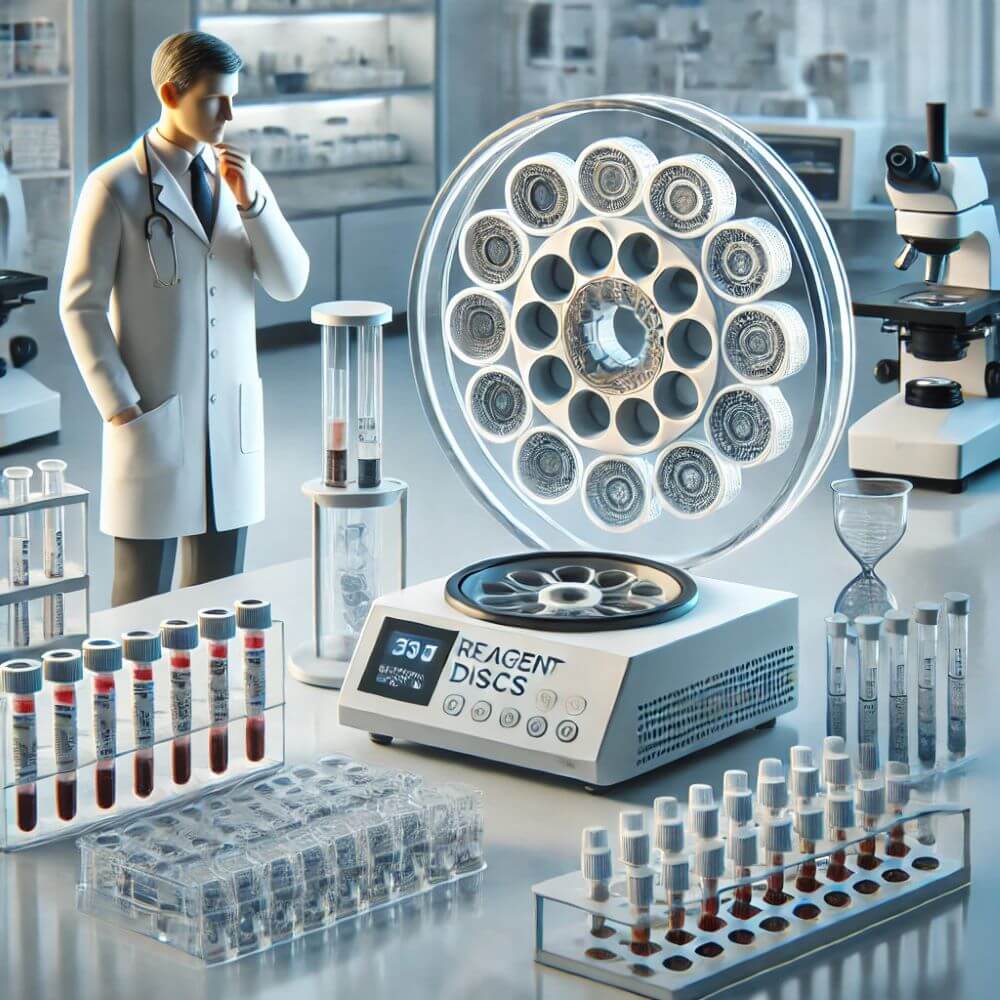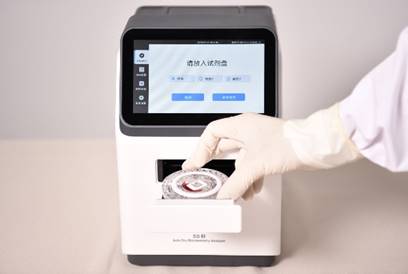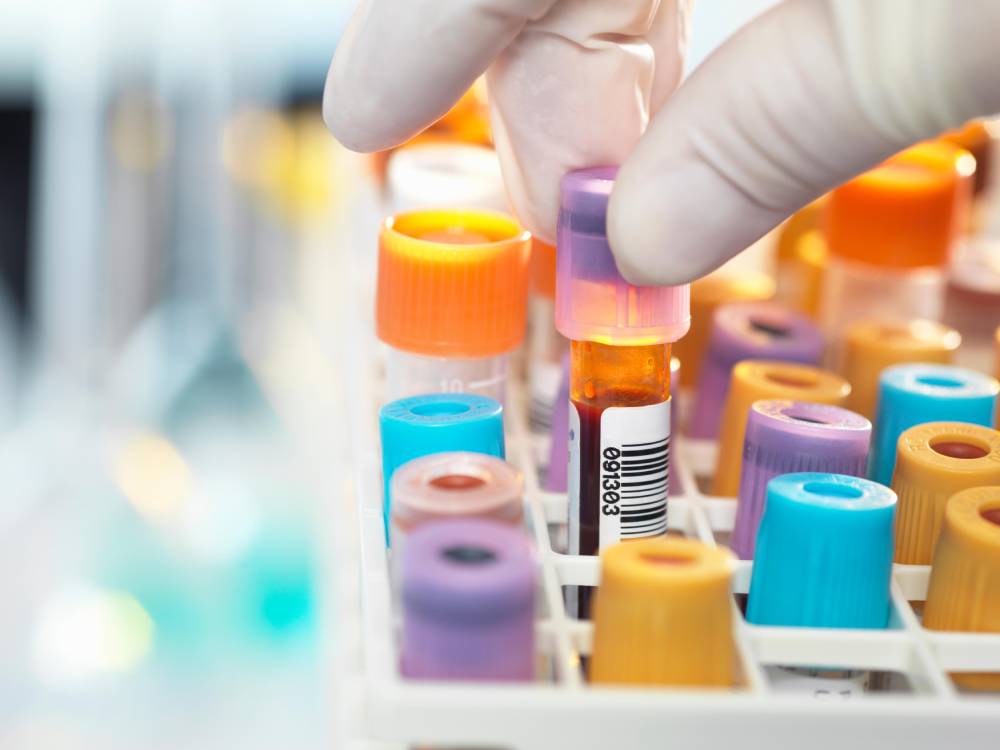release time:2022-05-31 11:41:32
Microfluidics offers absolute advantages in terms of fractionation and time for chemical and biological analysis. It enables high precision and sensitive separation and detection even with little sample and reagents. It has low cost, short analysis time, small analytical equipment imprint, small size, good microchannel fluid characteristics, and microfluidics has had a great impact on Point of care technology (POCT).

POCT microfluidic nucleic acid testing
With the advancement of technology, the research team has been able to simplify the complex process through microfluidic technology and concentrate it on a smaller chip. This largely shortens the testing cycle and saves the cost of testing and time, thus improving the high precision and sensitivity of the nucleic acid test.
POCT microfluidic chip for blood glucose testing
POCT chip shows its great role in the diagnosis of endocrine diseases. Blood glucose meter is the most common immediate diagnostic device. It detects the glucose level in the blood through a very small amount of blood, easy to operate, low reagent dosage, small test marks and short time. Glucose meters are a major step towards personal health management and have become a benchmark test in the field of clinical glucose testing.
POCT microfluidic chip cardiac marker test

2024-10-11
Discover the key differences between reagent discs, rotors, and reagent panels in laboratory testing. Learn which tool is best for your diagnostic needs, from point-of-care testing to specialized lab applications.

2022-06-23
Biochemical analysis of the body blood samples forms the basis of medical diagnosis and plays a crucial role in treating various health ailments. Automated biochemical analyzers analyze body blood samples and evaluate the concentration of biochemical markers,

2021-09-27
There are two types of blood gas analyzers. One is the dry blood gas analyzer. The other type of wet blood gas analyzer, also called packet blood gas analyzer. Here is a brief description of the difference between dry and wet blood gas analyzers!